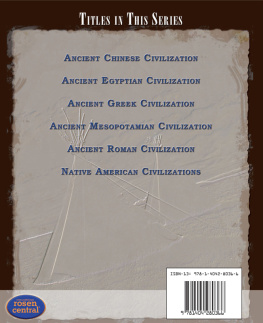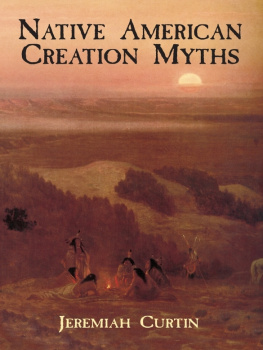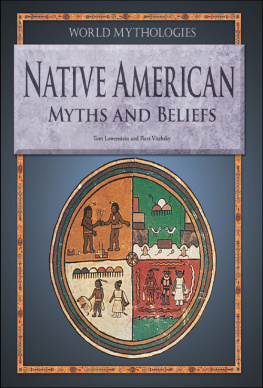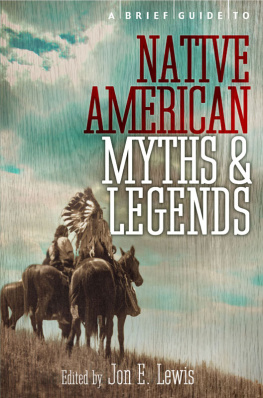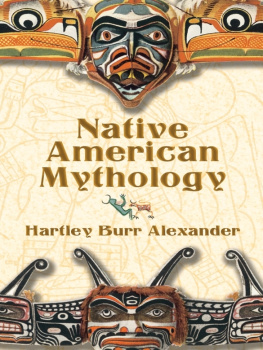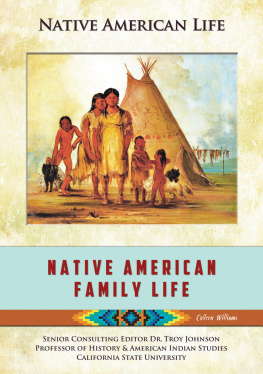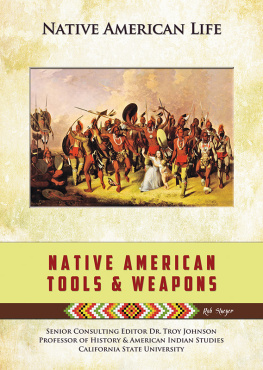Page List

This edition published in 2010 by:
The Rosen Publishing Group, Inc.
29 East 21st Street
New York, NY 10010
Additional end matter copyright 2010 by The Rosen Publishing Group, Inc.
All rights reserved. No part of this book may be reproduced in any form without permission in writing from the publisher, except by a reviewer.
Cover design by Nelson Sa.
Photo Credits: Cover, pp. 1, 3 www.istockphoto.com/John Watson.
Library of Congress Cataloging-in-Publication Data
Mathis, Andy, 1969
Native American civilizations / Andy Mathis and Marion Wood ; illustrations by Francesca DOttavi.
p. cm.(Ancient civilizations and their myths and legends)
Includes bibliographical references and index.
ISBN-13: 978-1-4042-8036-6 (library binding)
1. Indian mythologyNorth America. I. Wood, Marion, 1945 II. DOttavi, Francesca. III. Title.
E98.R3M337 2010
398.208997dc22
2009011139
Manufactured in the United States of America
Copyright McRae Books, Florence, Italy.

CONTENTS



N ative Americans believed that supernatural power was all around themnot just in living things like animals and birds, but also in trees, mountains, and rivers, in the sun, moon, and stars, in thunder, wind, and rain. Myths helped to explain much of what people found puzzling or frightening. In an environment that was often harsh and unpredictable, they helped people to understand the forces that affected their lives, and why good or bad events happened. They described how the world began, why things came to be as they are, and how the balance of nature should be maintained.
Myths were also a way of reinforcing tribal customs and rules of behavior. This was important for people who lived in small, close-knit groups and had to work together in harmony. Breaking the rules could lead to disaster not only for the offender, but also for the whole community.

The book is divided into sections. Each one starts with a myth strikingly illustrated on a black background. This is followed by a nonfiction spread about one of the main Native American groups. The last spread is a myth telling of the coming of the Europeans to North America.

Spread with myth about buffalo leads on to a nonfiction one on the Native Americans of the Plains where the buffalo lived.

Because myths reflected peoples lives and their experiences of the world around them, they varied from one area to another. Hunting tribes, for example, told many myths about animals, why they looked or behaved as they did, and how they ought to be treated when they were being hunted. Farming tribes, on the other hand, were more concerned with the supernatural beings that controlled rainfall and the growth of their crops. People still learn about their traditional myths through hearing them told or by seeing them acted out in dances and ceremonies.
I n the beginning, people lived in the sky. The world below was covered by a vast expanse of water, and only fish and birds lived there.
One day one of the Sky People, a young woman, became ill. Her brothers, hearing that a powerful medicine was buried under an ancient apple tree, carried her there. They laid Sky Woman down beside the tree and began to dig.
For hours they worked, until there was a deep crater around the tree, but still no medicine was found. All at once, with a noise like thunder, the edges of the crater gave way. The brothers scrambled to safety, but to their horror both the tree and Sky Woman fell into the crater and vanished from sight.
Two swans gliding on the ocean below heard the distant rumble and looked up to see the tree and the woman tumbling from the sky. Hastily spreading their wings, they caught Sky Woman on their backs. A moment later, the apple tree crashed into the water beside them and sank into the depths. The swans turned their long necks and gazed at Sky Woman in astonishment.
Who is it? they whispered to one another. Where has she come from? What shall we do with her?
They sought the advice of the Big Turtle, oldest and wisest of all the creatures. Big Turtle stretched his neck from his shell and peered at Sky Woman, while the other animals and birds waited expectantly.
After much thought Big Turtle spoke, slowly and gravely: The swans cannot carry their burden forever, he said. We must make an island where she can live. We can build it from the earth clinging to the roots of the apple tree and I will support it on my back. Who will go and find some earth for me?
Otter, Muskrat, and Beaver volunteered and, one by one, they dived down to look for the sunken tree. They were gone for a long time, but when they reappeared, tired and gasping, none of them hadfound a trace of it. It seemed as if Big Turtles idea was doomed to failure.
Suddenly, another voice piped up. Let me go! Ill find some earth for you!
It was Toad and, before anyone could stop her, she had disappeared. The other creatures shook their heads in disbelief at her foolishness. How could small, insignificant Toad hope to succeed where the best swimmers had failed?
Toad was gone for a very long time and the waiting animals feared the worst. But, at long last, her head broke the surface and she spat a mouthful of earth onto Big Turtles shell before sinking back exhausted.
All the creatures set to work spreading the earth over Big Turtles shell and, as they worked, the island grew until it was big enough for Sky Woman to step ashore. The island continued to grow until it became the world where we live today, which, some people say, is still carried on Big Turtles back.

America was discovered thousands of years ago by nomadic hunters who crossed from Asia in pursuit of animals like mammoth, mastodon, giant sloth, and others now long extinct. Over many centuries, small bands of hunters spread southward until they inhabited the whole continent from northernmost Alaska to the tip of South America. By the time Columbus arrived in 1492, there were millions of people living in North America alone, divided into some three hundred tribes and speaking more than two hundred separate languages.

